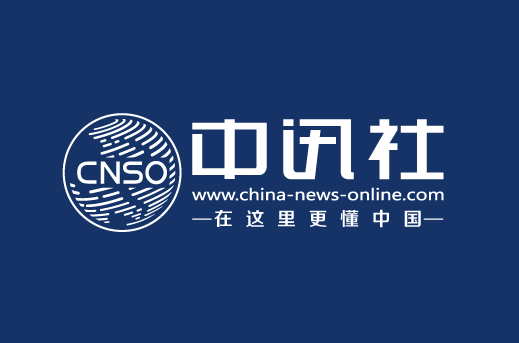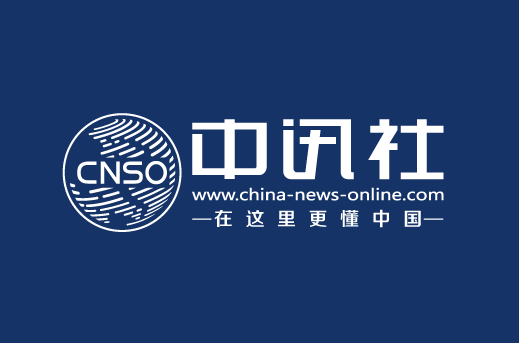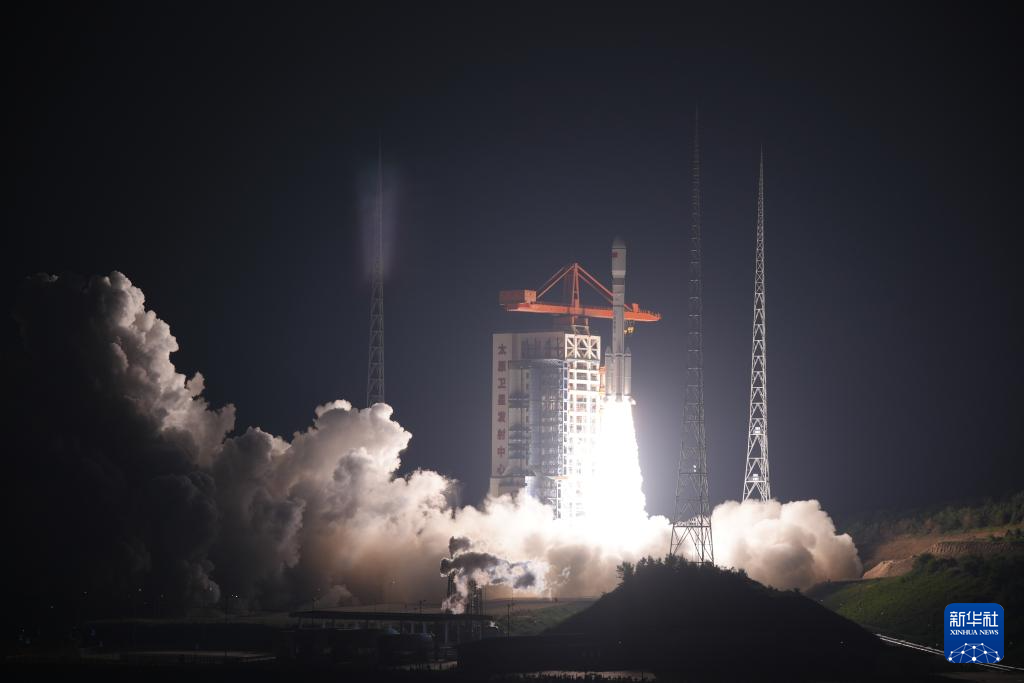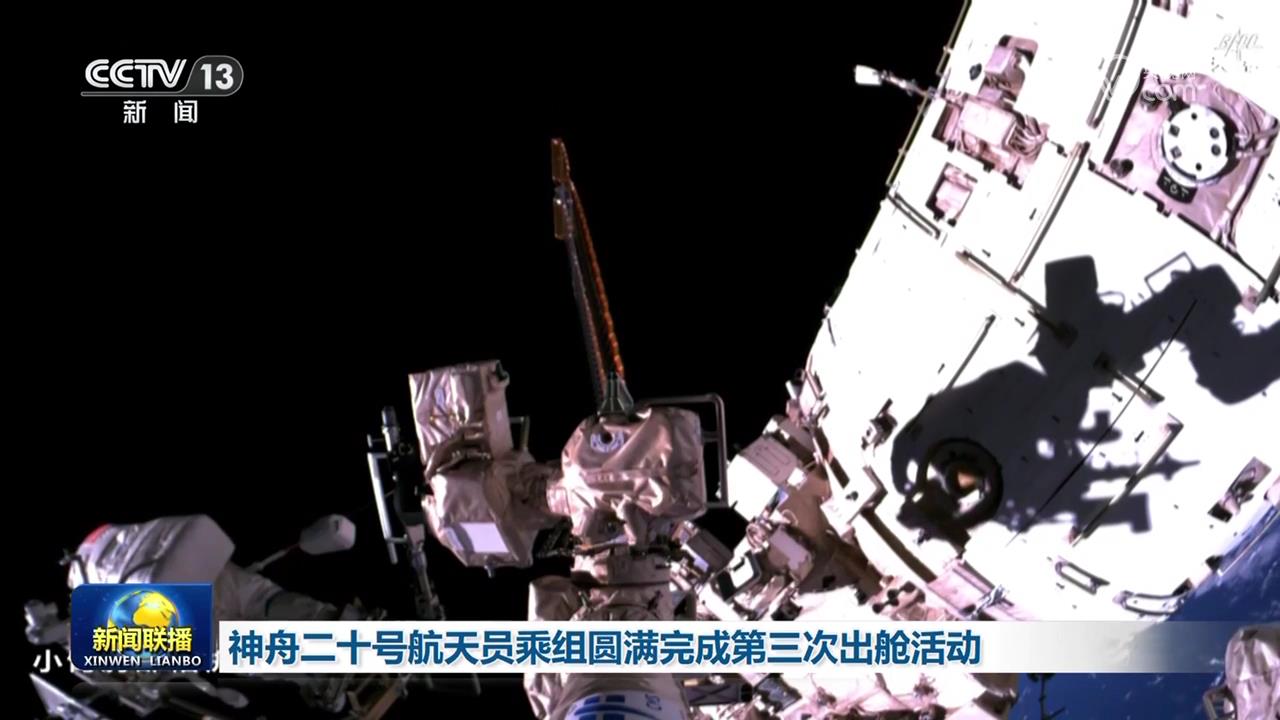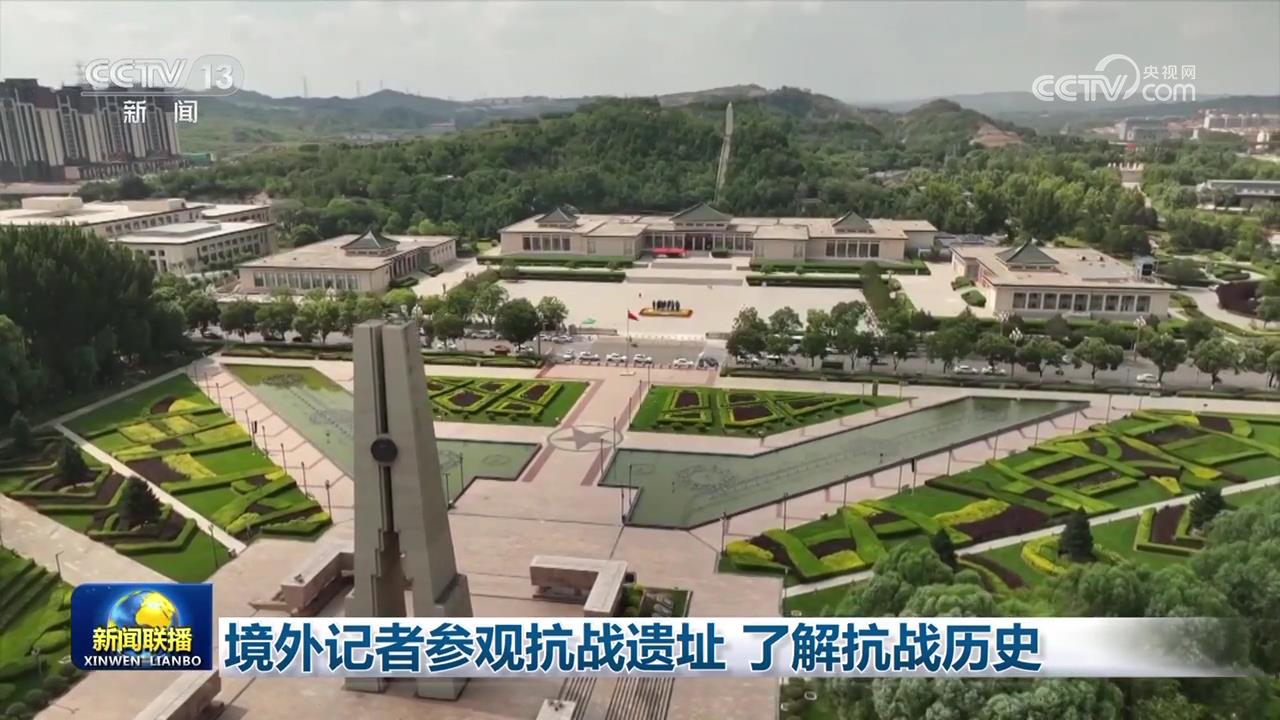CCTV news: "Huitian area" refers to the Huilongguan and Tiantongyuan areas located in Changping District, Beijing. As a super-large residential area formed during Beijing's urbanization process, the population here is highly concentrated and there are shortcomings in urban functions. Since 2018, Beijing has launched two rounds of "Huitian Action Plan" in succession, focusing on traffic management, public service improvement, industrial vitality and other aspects to strive to improve the level of the regional living environment. Starting from November 30, the 6-episode series of reports "Urban Dream Building: "Metamorphosis" of Beijing's Super Large Communities" will focus on the changes brought by the "Huitian Action Plan" to regional transportation, employment, education, entertainment and other aspects. In the first episode, let’s pay attention to the changes in the transportation field.
The "Kaitian area" is known as "the largest community in Asia". In a regional area of 63 square kilometers, there are 851,000 permanent residents, and the population density reaches about 13,500 people per square kilometer. This number is about 10 times the permanent population density of Beijing in 2023. Its geographical location is also very important. It connects Haidian and Chaoyang, the central urban areas of Beijing, to the south, and is surrounded by industrial clusters such as Future Science City and Zhongguancun Science City. Due to the lack of commercial venues, industrial planning and educational resources in the area, it once became a "sleeping city" among many people. A large number of people travel between the Kaiten area and their workplaces during the morning and evening rush hours. You can imagine the pressure on public transportation here.
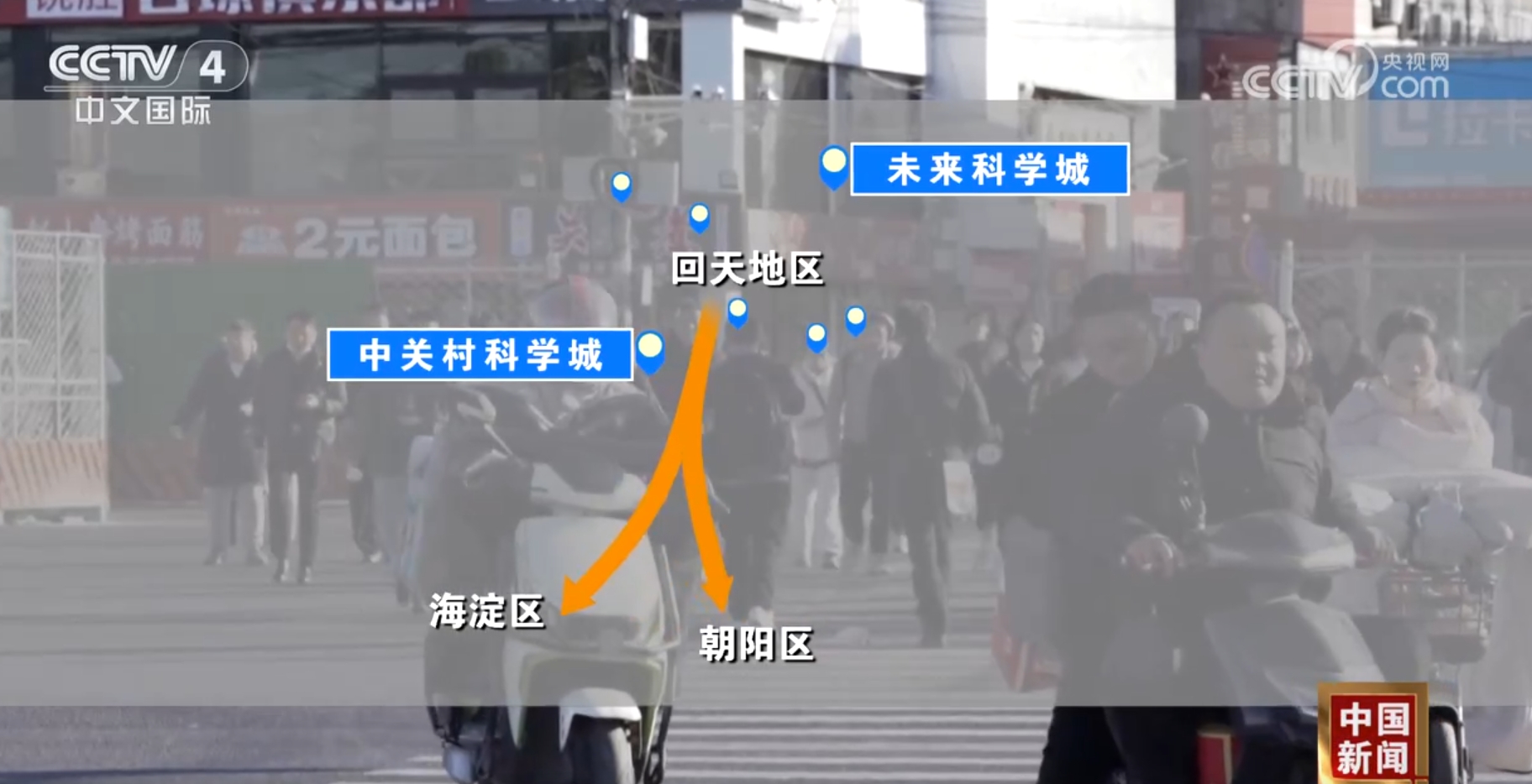 < /p>
< /p>
Tiantongyuan North Subway Station in the Huitian area has an average of 25,800 passengers entering the station during the morning peak on weekdays in 2023. This number ranks first among all subway stations in Beijing. Among the top 20 subway stations with the highest number of passengers entering the station during the morning peak in Beijing, 7 are located in the "Huitian area". One of the important measures in the transportation field of the "Kaitian Plan" that has been implemented since 2018 is to provide citizens with more diversified travel options.
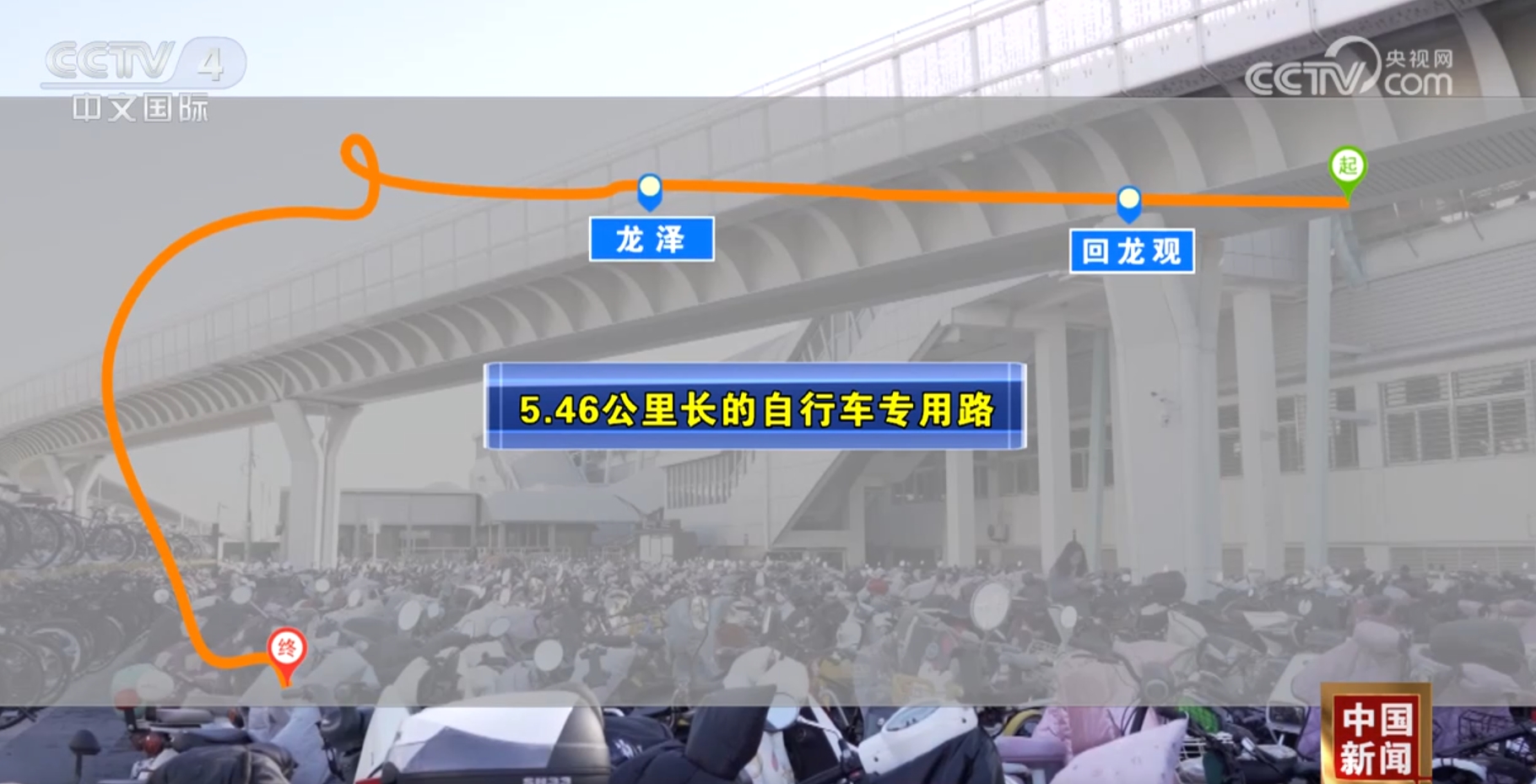 < /p>
< /p>
In 2019, Beijing built a 5.46-kilometer-long bicycle-only road in the "Huitian Area", starting from Huilongguan, a densely populated area, and ending at Zhongguancun Software Park, Shangdi, an industrially dense area. It passes through densely populated subway stations such as Longze and Huilongguan, creating an urban expressway with "no traffic jams and no traffic lights" within the existing road system.
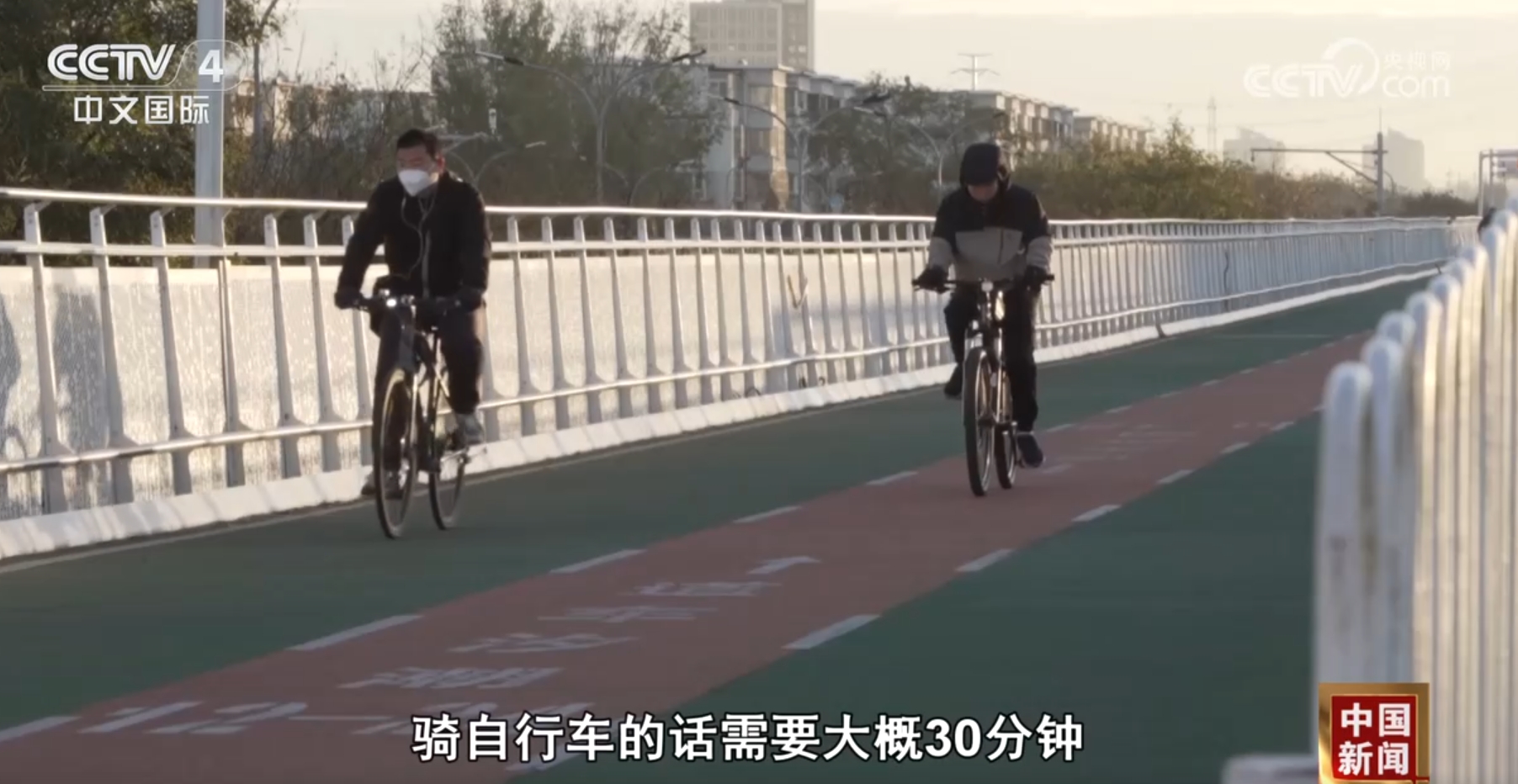 < /p>
< /p>
Guan Zheng, director of the Bicycle Road Management Center of Changping District Urban Management Committee, Beijing, said: “Since its opening, the number of bicycle rides has reached 10.64 million. Depending on the season, the daily number of bicycle rides is between 4,000 and 9,000. According to statistics , from the starting point to the end of the dedicated bicycle road, it takes about 30 minutes by bicycle and 59 minutes by bus. The commuting time will be saved by 50% compared with the bus. ”
Some Beijing residents said: “If there wasn’t this road, we would have to take a lot of detours, but now that there is this road, we can get here in 10 minutes by bike.”

In the two rounds of "Huitian Action Plan" launched in Beijing since 2018, on the one hand, it is to build dedicated bicycle roads and create a multi-level transportation system. On the other hand, it focuses on the improvement of the original ground transportation system, that is, creating a trunk road network structure of "one vertical, one horizontal, five connections and five smooth". Carry out rapid reconstruction of main roads, open up congestion points on multiple roads at the same time, and unblock the "capillaries" of traffic. At present, the focus of construction is the rapid reconstruction project of Beiqing Road running east-west.
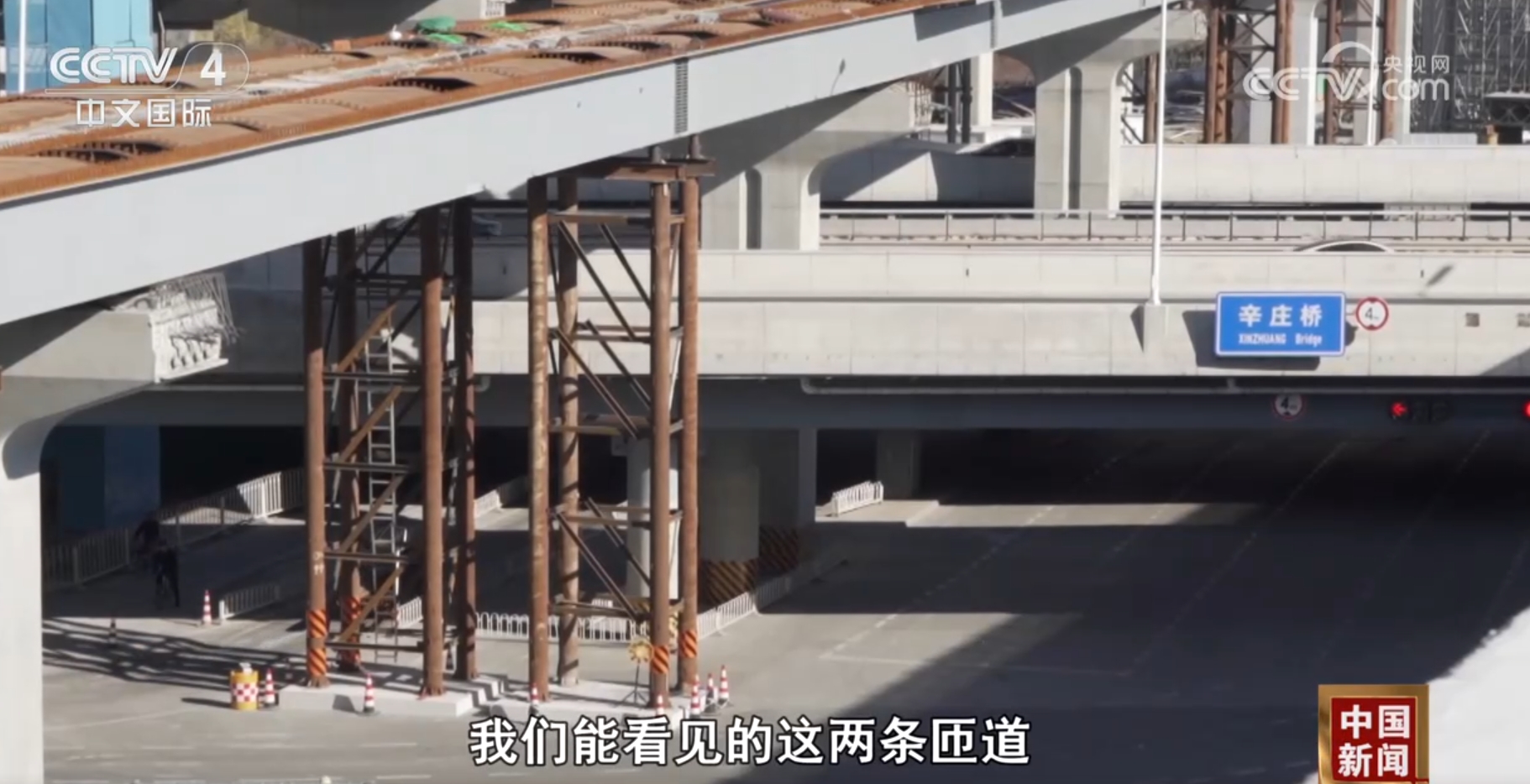 < /p>
< /p>
Zhang Dong, deputy director of the Second Engineering Construction Department of the First Development Group Co., Ltd., said: "Our current point is the most critical node in the implementation of the first phase of Beiqing Road - the Beijing-Tibet Interchange. Our location is the main road, and it is important to Across the Beijing-Tibet Expressway, 10 new ramps have been built here. The two ramps we can see have been released in advance on February 6, easing the traffic pressure here. ”
Zhang Dong said that after the completion of Beiqing Road, there will be nearly 5 kilometers of elevated roads without traffic lights along the entire line. It is predicted that the traffic efficiency will reach about 1.5 times of the previous one.
Data show that the "Huitian Action Plan" has been implemented for more than 6 years, and a total of 20 key road projects have been completed; a number of road rapid reconstruction projects and dead-end road opening projects have been implemented; more than 60 roads have been optimized and adjusted Bus lines; nearly 9,000 additional parking spaces. The congestion index on municipal roads during peak hours dropped by 8.6%.
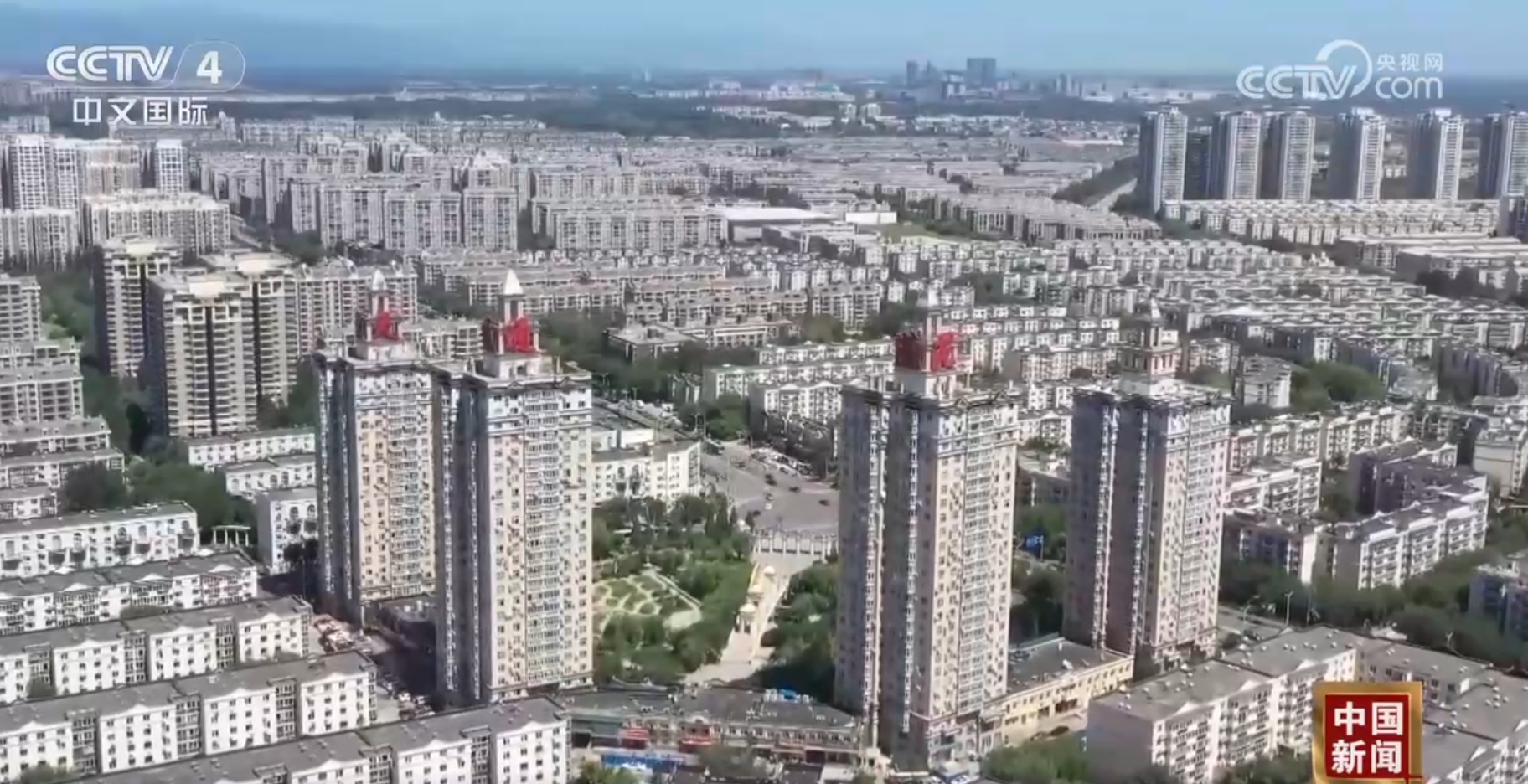 < /p>
< /p>
Liu Guowei, deputy director of the Urban Management Committee of Changping District, Beijing, said: "Now after two rounds of 'Huitian' construction, it is expected that by the end of 2025, most roads will be opened to traffic as planned. Continue to improve the main road network, which is a aspect. At the same time, we must also improve the area The communication road network within the domain. Then there is the encrypted road network, which tries to open up these broken roads, which will form a huge improvement and supplement to the overall "Huitian" skeleton road network. ”

